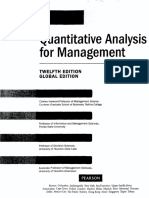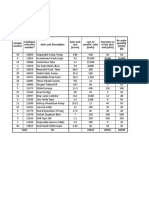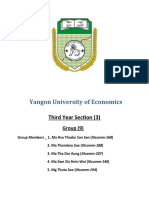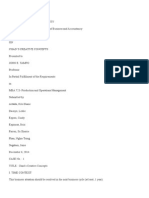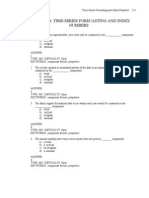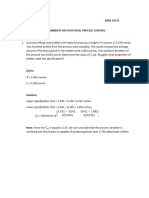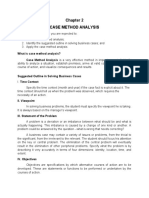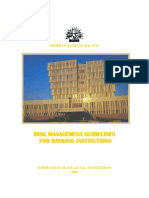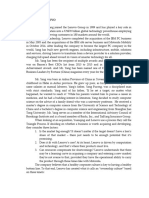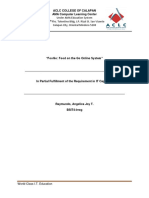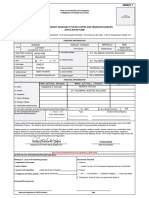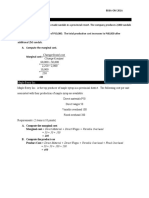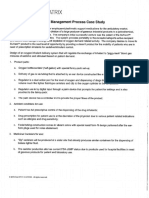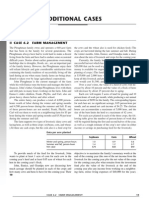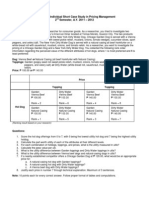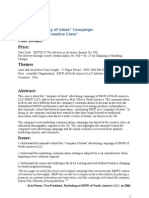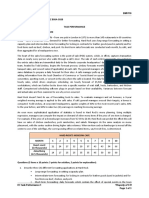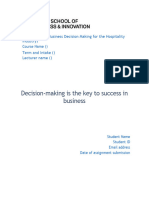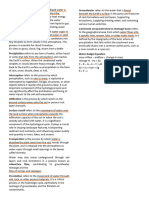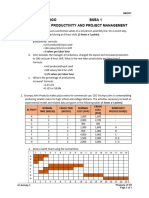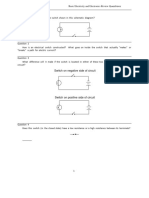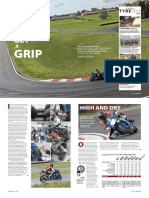0% found this document useful (0 votes)
141 views7 pages01 Performance Task 1
1. Exit Cafe uses various types of forecasting for different time horizons, including long-range forecasting for capacity planning, intermediate-term forecasting for contracts, and monthly short-term sales forecasts aggregated at headquarters.
2. The point-of-sale system captures transaction data that is used to forecast monthly guest counts, retail sales, banquets, and concerts at each cafe location. Managers also use local event information to forecast daily and hourly sales.
3. Tondo Hospital needed to expand its facilities due to high birth rates exceeding its capacity. It undertook a multi-year project to build a new 273-bed building,
Uploaded by
Jylian SogocCopyright
© © All Rights Reserved
We take content rights seriously. If you suspect this is your content, claim it here.
Available Formats
Download as DOCX, PDF, TXT or read online on Scribd
0% found this document useful (0 votes)
141 views7 pages01 Performance Task 1
1. Exit Cafe uses various types of forecasting for different time horizons, including long-range forecasting for capacity planning, intermediate-term forecasting for contracts, and monthly short-term sales forecasts aggregated at headquarters.
2. The point-of-sale system captures transaction data that is used to forecast monthly guest counts, retail sales, banquets, and concerts at each cafe location. Managers also use local event information to forecast daily and hourly sales.
3. Tondo Hospital needed to expand its facilities due to high birth rates exceeding its capacity. It undertook a multi-year project to build a new 273-bed building,
Uploaded by
Jylian SogocCopyright
© © All Rights Reserved
We take content rights seriously. If you suspect this is your content, claim it here.
Available Formats
Download as DOCX, PDF, TXT or read online on Scribd
/ 7

